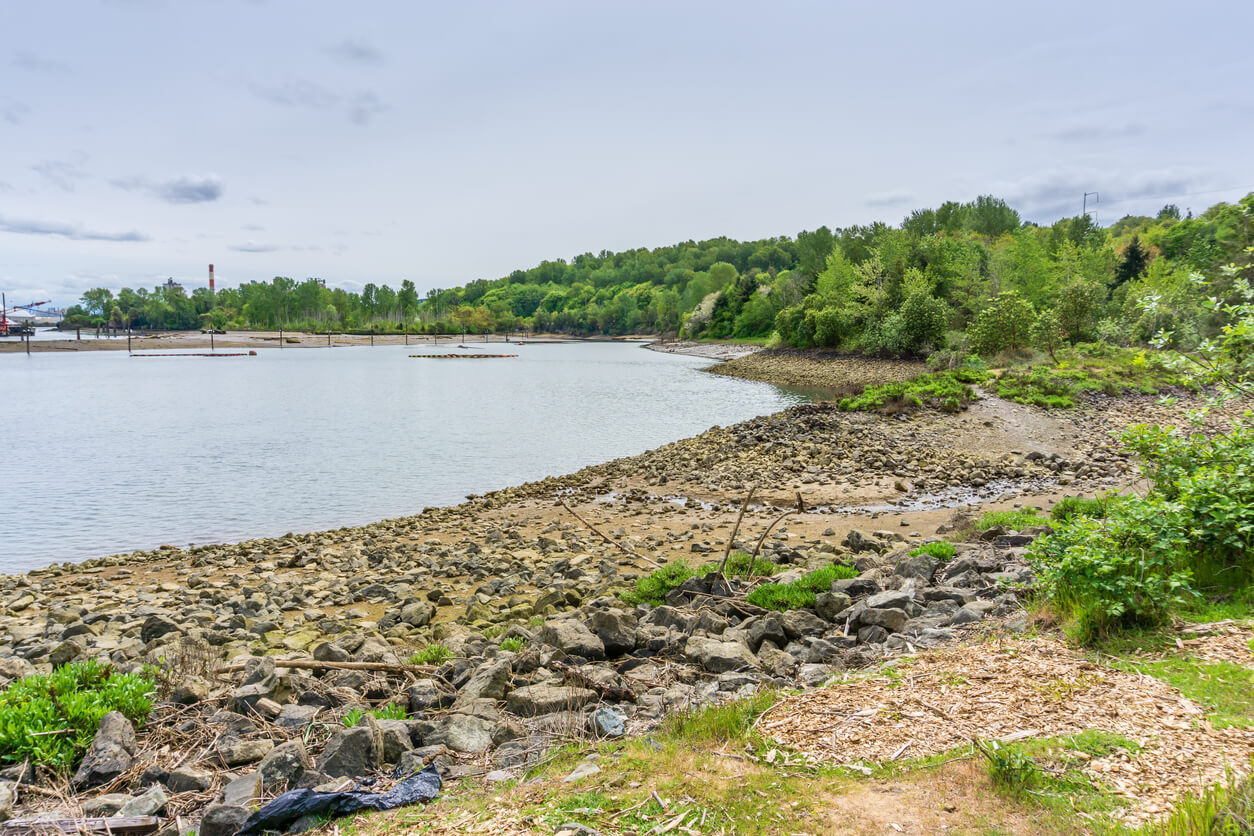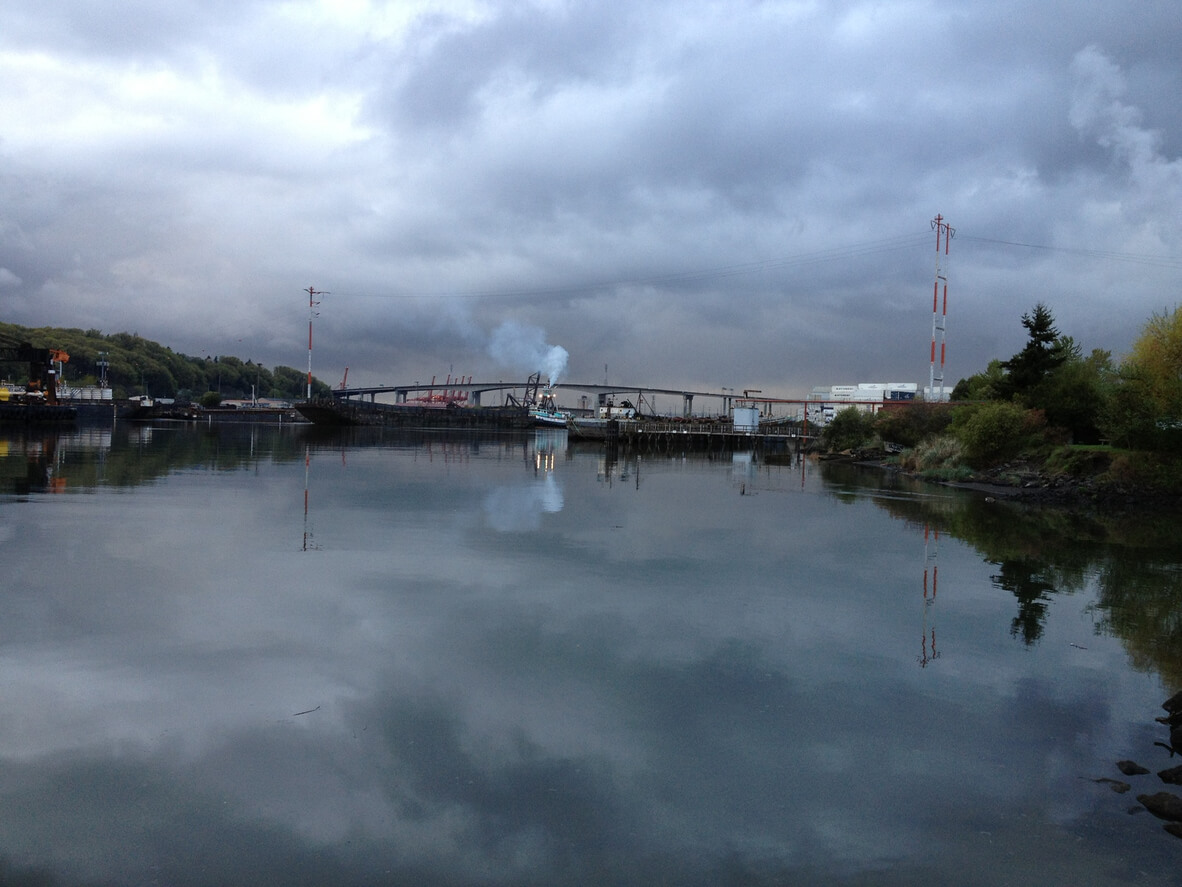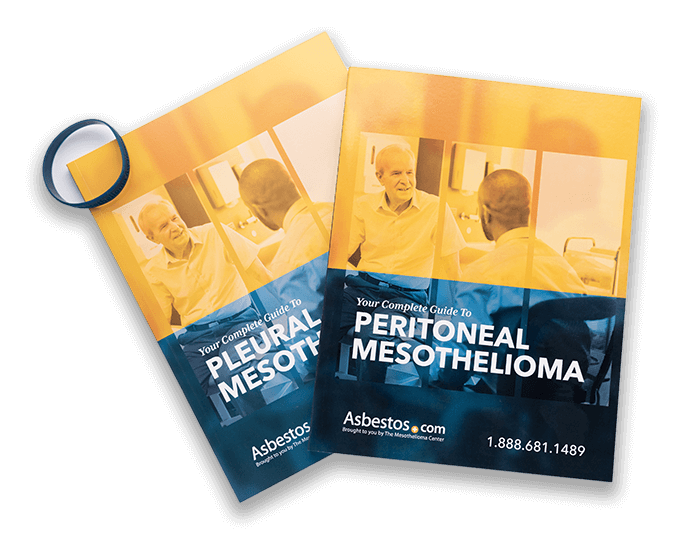Lockheed Shipbuilding and Construction Company
Lockheed Shipbuilding and Construction Company bought a 60-year-old shipyard in 1959 after there were already signs of asbestos contamination and long-term health issues by shipyards workers.


Back in 1945, people working at Puget Sound Bridge and Dredging became aware of a report from the Shipyard Safety Conference. The report detailed the health risks of asbestos to shipyard workers.
Asbestos use continued in maritime work near the Duwamish area of Washington State. Unfortunately, executives at Lockheed did not tell workers about the dangers of asbestos. Court records showed that no one from Lockheed warned employees about exposure to asbestos.
In the 1960s, Lockheed got contracts from the government to build Knox class frigates and seven platform dock ships. During this time, it busy making Coast Guard icebreakers and submarine tenders. Unfortunately, these kinds of jobs exposed workers to asbestos.
According to a 2017 study, shipyard workers exposed to a moderate amount of asbestos were four times more likely to die of mesothelioma. Those exposed to high levels were more than seven times more likely to get mesothelioma.
Asbestos-Related Lawsuits
In 1990, the Lockheed company won a case against the Department of Labor’s Benefits Review Board. The Board had said that Lockheed was responsible for a worker’s death due to asbestos exposure. However, Lockheed argued that Todd Shipyards should have taken out all of the asbestos in the air and gaskets before the worker was exposed.
Lehman Brothers noted that Lockheed claimed there were no pending asbestos suits anticipated at that time. Because mesothelioma may take decades to develop, there’s no guarantee another major suit won’t occur with a new diagnosis.
In 2009, a Texas man (a Union Carbide employee) sued Lockheed and 64 other co-defendants in a suit for asbestos exposure. Lawsuits against many of Lockheed’s subcontractors are pending.

Learn about your diagnosis, top doctors and how to pay for treatment.
Get Your Free GuideFather and Son Sue Lockheed
The Arnolds, a father and son from Washington State, experienced the reality of working at Lockheed Shipyard 2. For generations, many people in the area were proud to be part of the shipbuilding industry. However, until 1980 Lockheed had not created any written policies on how to handle the risks of asbestos exposure.
Daniel Arnold used to work at Shipyard 2, and he said that no one knew about the risks of asbestos. In the 1960s and 1970s, “workers actually playing with asbestos, making it into ‘snowballs.'”

Both Rueben and Daniel eventually contracted asbestosis. As with many generational sufferers of asbestos exposure, they didn’t learn of their own risks of asbestos exposure until more than a decade after exposure had occurred.
Daniel, an insulator, wore a respirator and changed his clothes after having contact with asbestos. But medical evidence showed that the virulent dust had been carried home year after year on the clothes of Reuben, Daniel’s father, contaminating their home. Daniel was eventually diagnosed with mesothelioma, and so was his father.
Reuben Arnold died of mesothelioma in March 2008. Lockheed, at first, succeeded in a summary judgment in a lawsuit brought by Reuben’s widow, along with Daniel. A Washington state court of appeals then reversed the summary judgment.
The trial court, however, again granted summary judgment, and the Arnolds appealed again. Meanwhile, Daniel succumbed to his asbestos-related conditions in late Fall 2010. The appeals court, in early 2011, approved the summary judgment in Lockheed’s favor.
Lockheed Shipbuilding Sold, Becomes Superfund Site
The Shipyard 2 land sat idle until being purchased by the Port Authority of Seattle in 1992. Left behind were concerns over discarded asbestos and a host of potential chemical contaminants (polychlorinated biphenyls (PCBs), polycyclic aromatic hydrocarbons (PAHs), organic compounds, mercury and other heavy metals). Sediments in the Duwamish and associated landfills were suspected to be at unsafe levels.
Lockheed completed a merger with Martin-Marietta in 1994, and the reformed business (Lockheed-Martin) now constitutes the leading single corporate recipient of federal defense dollars. The company promises to continue studying ways to help in cleaning up its former shipyard.
In March 2007, the EPA added Shipyard 2 to the Superfund National Priorities List, naming the site “Lockheed West Seattle”. A remedial investigation and feasibility study was conducted, and then a work plan for cleaning the site was presented in 2010. Cleanup and remedial construction began in 2011 and should be completed sometime around the year 2012.
This Page Contains 7 Cited Articles
The sources on all content featured in The Mesothelioma Center at Asbestos.com include medical and scientific studies, peer-reviewed studies and other research documents from reputable organizations.
- Lemen, R.A. and Landrigan, P.J. (2021, August). Sailors and the Risk of Asbestos-Related Cancer. Retrieved from https://www.ncbi.nlm.nih.gov/pmc/articles/PMC8394725/
- EPA. (n.d.). Lockheed West Seattle. https://cumulis.epa.gov/supercpad/cursites/csitinfo.cfm?id=1002655
- Open Jurist. (1990). Todd Pacific Corp., et al v. Lockheed Shipbuilding Co., et al. http://openjurist.org/914/f2d/1317/osh-osh-todd-pacific-shipyards-corporation
- Washington Historical Society. (n.d.). Education. http://www.washingtonhistory.org/education/
- The National Academies Press. (2007). Sediment Dredging at Superfund Megasites: Assessing the Effectiveness. http://www.nap.edu/openbook.php?record_id=11968&page=70
- Archives West. (n.d.). Lockheed Shipbuilding and Construction Company Photographs and Publications, 1889-1980. http://nwda-db.wsulibs.wsu.edu/ark:/80444/xv31817
- Rusiecki, J. et al. (2017, March 23). Mortality among Coast Guard Shipyard workers: A retrospective cohort study of specific exposures. https://www.tandfonline.com/doi/abs/10.1080/19338244.2017.1289891
-
Current Version
-
September 1, 2023Written ByAaron MunzEdited ByWalter Pacheco







